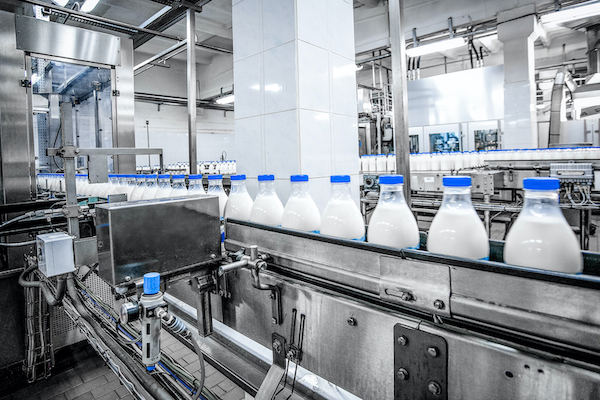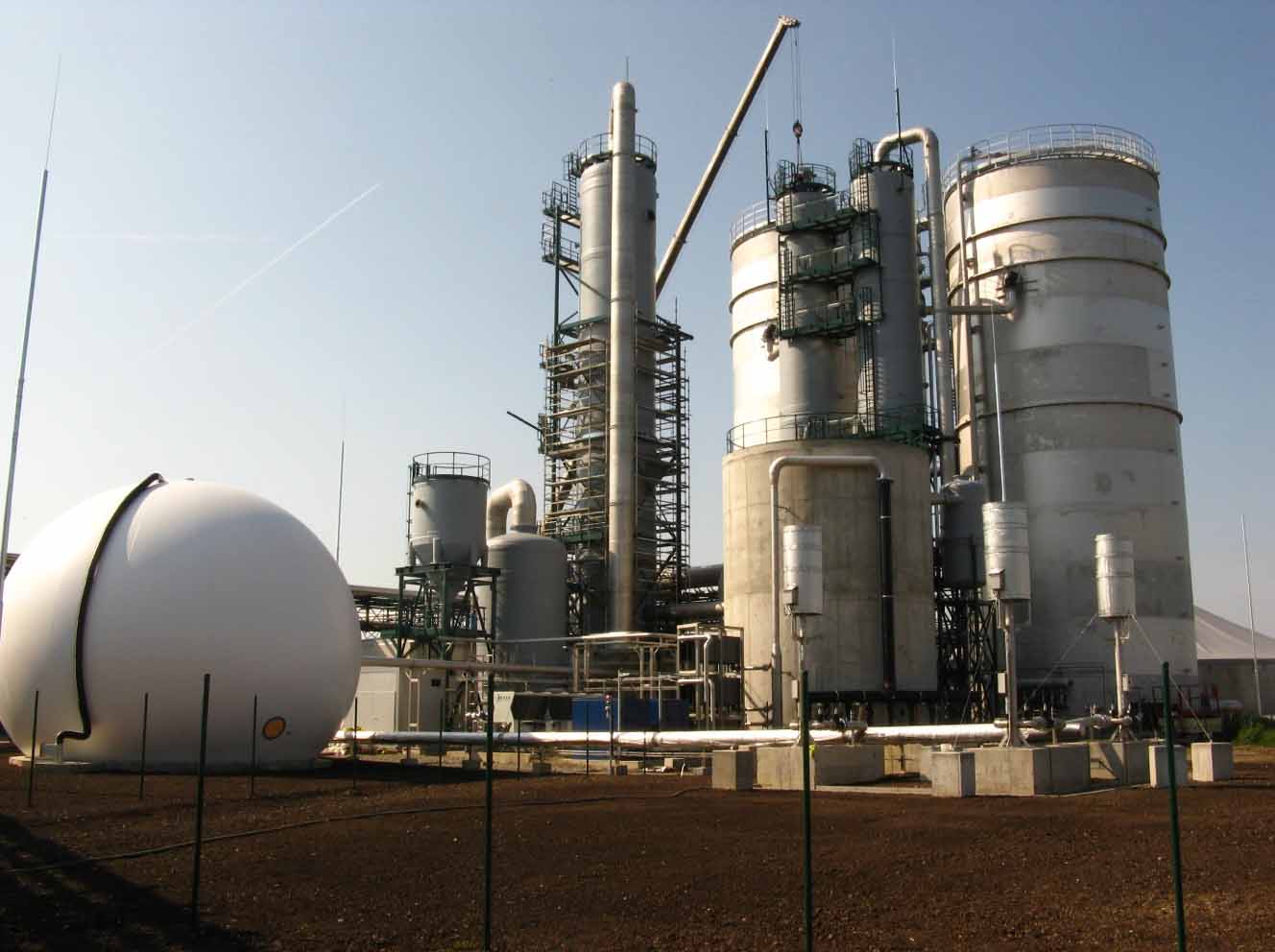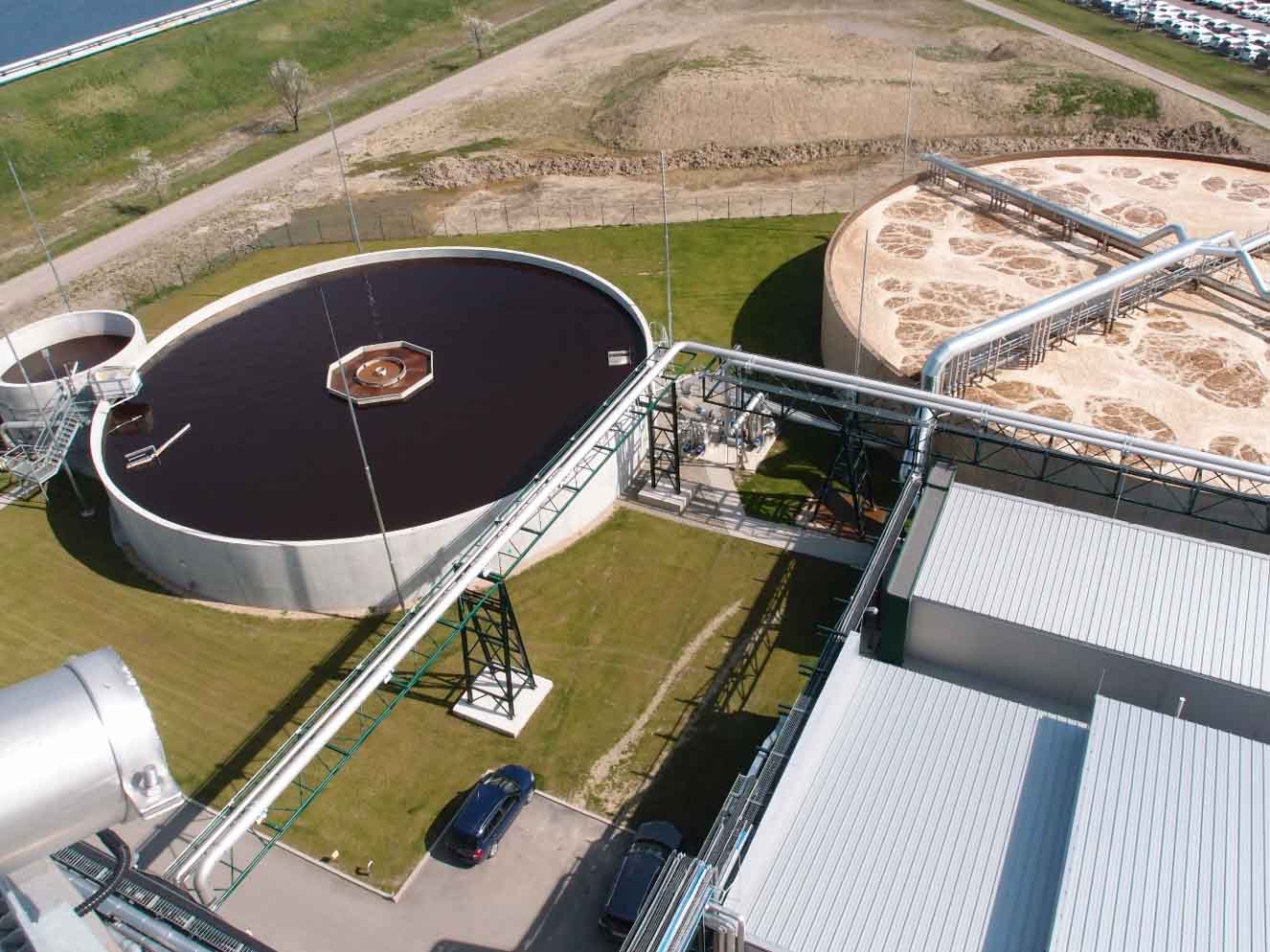Blog
Advanced methods of wastewater treatment in dairy processing industry
The first article covered only the partial dairy wastewater treatment. Here you can find out more about the difference between the aerobic and anaerobic treatment.

As discussed in the first article, this follow-up is intended to handle the alternatives of dairy wastewater treatment.

Hydrotech has already deployed all the mentioned options but this article will cover the following:
1. A method consisting of mechanical pre-treatment, aerobic biological treatment, and post-treatment due to the higher standards applied to the treated water before its discharge.
2. Another method can comprise mechanical pre-treatment, anaerobic biological treatment, biogas treatment, and biological aerobic post-treatment (so-called eco-friendly model).
Mechanical pre-treatment - aerobic treatment
Both options prefer mechanical over biological treatment. As for the aerobic treatment, there are following reasons:
A. to save investment costs for the size of required tanks. The device based on coagulation and flocculation of insoluble wastewater components reduces their amount to 40-80%, removing the substances which would otherwise have to be removed in the next stage. The volumes would, however, rise by tens of percent in this case.
B. to save energy for wastewater aeration. The aerobic bacteria cannot live (and thus clean the water) without oxygen. Therefore, larger pollution comes with higher air consumption and, at the end of the day, higher machinery performance for its supply. By removing part of the pollution, you can reduce both the required machine performance and the electricity consumption.
Mechanical pre-treatment - anaerobic treatment
Here is only one reason - to avoid larger quantities of insoluble materials and fats entering the heavy-loaded reactor. The anaerobic bacteria would be otherwise washed out of the system. This applies especially to the IC & UASB reactors.
Selection criteria No. 1: amount of investment
The amount of investment works in the favour of aerobic treatment since the delivery of this technology is usually more cost-effective.
Even if it is larger in size and has larger tank volumes in most cases, the anaerobic treatment requires a reactor, quick aerobic post-treatment, and biogas processing technology.
(1:0 for the aerobic team)

Selection criteria No. 2: operational costs
Biogas
Biogas is a huge advantage of the anaerobic. It is a material consisting of 60 to 90% methane which can replace the natural gas or other conventional fossil fuels. Its primary use is to be burned and thus generate heat or produce electricity in combination with heat.
This is an opportunity for the enterprise to reduce its carbon footprint. The protection of the environment dominates in many eco-responsible companies. If your company cares about developing an eco-friendly brand, biogas is an alternative fuel promoting such reputation.
Aerobic bacteria do not produce any energy-rich by-product of such extent.
(1:1 - it’s a draw)

Sludge production
Another advantage of anaerobic treatment is the significantly lower production of biological sludge, cutting the operational costs for water removal and disposal. Sometimes you can even sell the anaerobic granulates of sludge as a rare commodity.
(1:2 for the anaerobic team)
Energy-intensive aeration
The operational costs required for the aeration of sludge water are the highest sum in terms of the aerobic treatment. Since the aeration demand during aerobic treatment is fivefold, sixfold or even sevenfold higher, it will impact on the total costs as well.
(1:3 for the anaerobic team)
The heat for anaerobic treatment
However, if the wastewater temperature is below 30C, it needs to be heated before anaerobic processing. The ideal temperature ranges from 35 to 37C.
(2:3 for the anaerobic team)
We could continue to write about this complex topic for hours. The application of produced biogas, sludge processing options as waste, and much more could facilitate a further discussion.
Should you have further questions or issues you need help with, don’t hesitate to contact us via e-mail or use our contact form.

By: Ing. Matúš Palguta, Chemical Tech
More articles
Water shortages affirmed amid coronavirus pandemic
Hand washing in India is a luxury and Mexicans must use bottled water for hygiene.
Are septic tanks environmentally friendly? Yes, if they are maintained properly
If you do not maintain septic tanks, there is a risk of contamination of groundwater and surface water.
